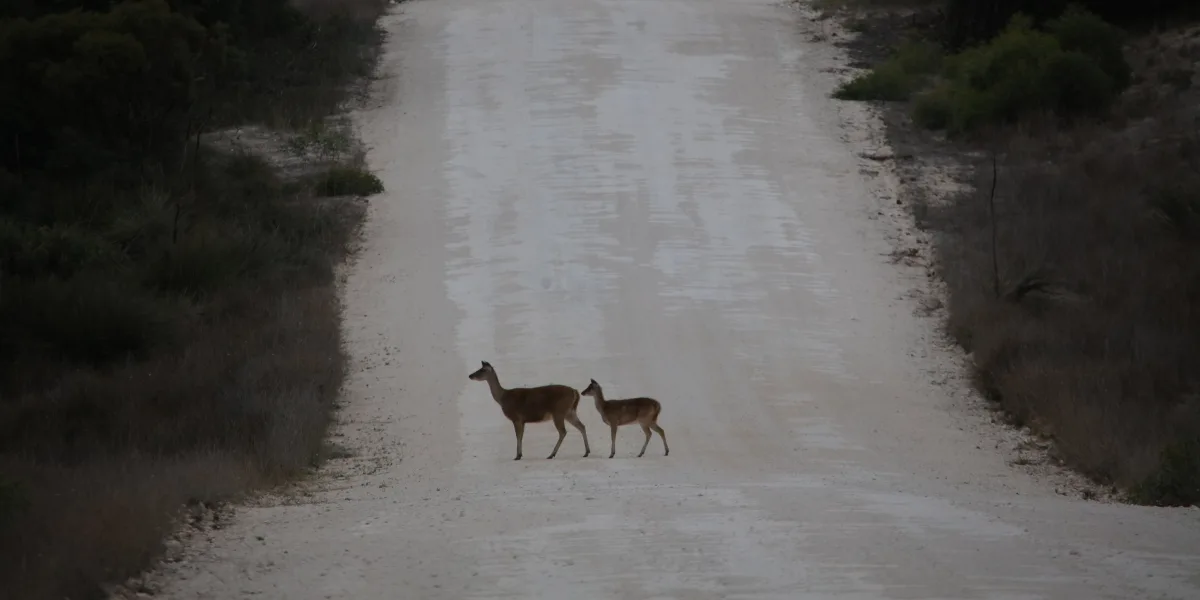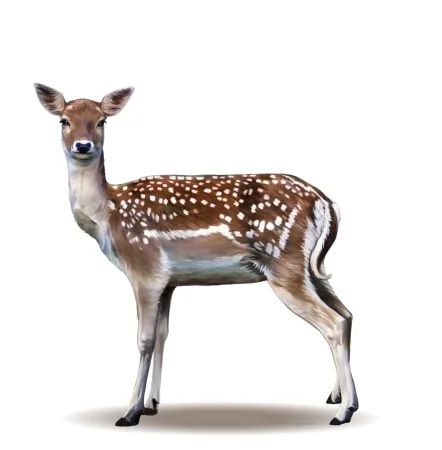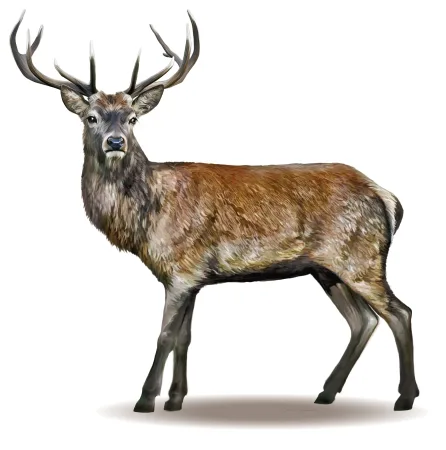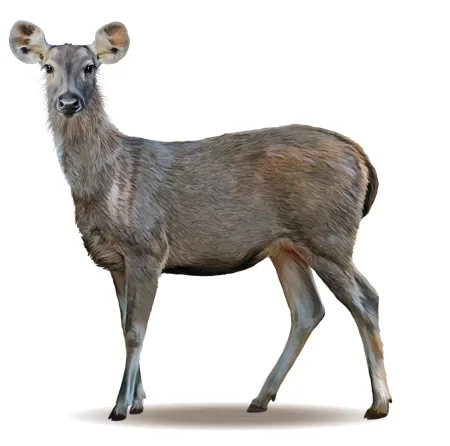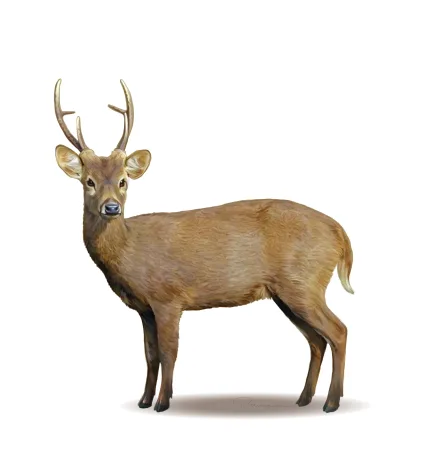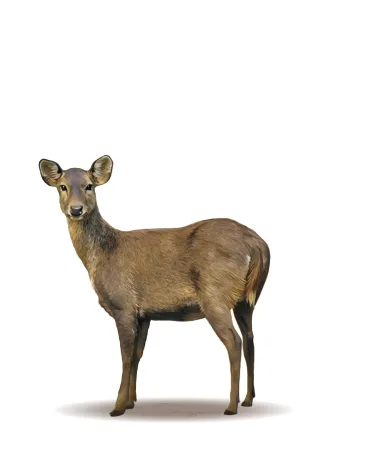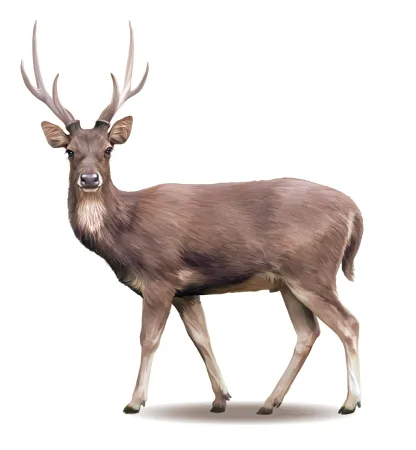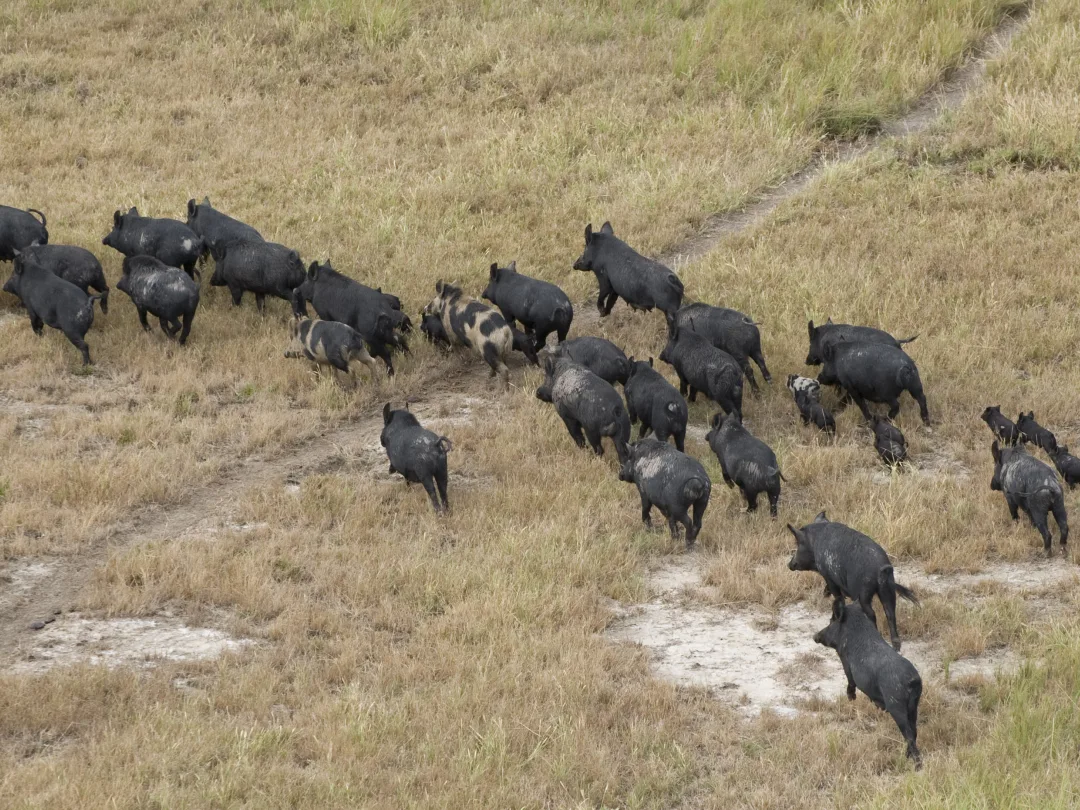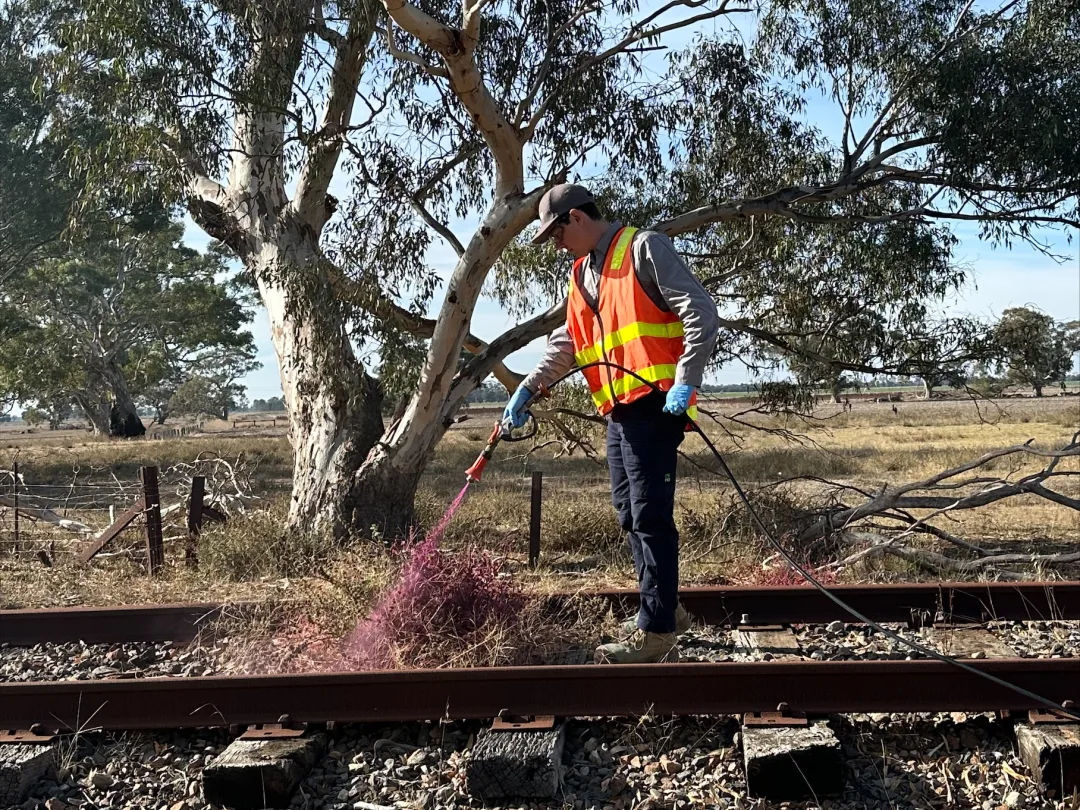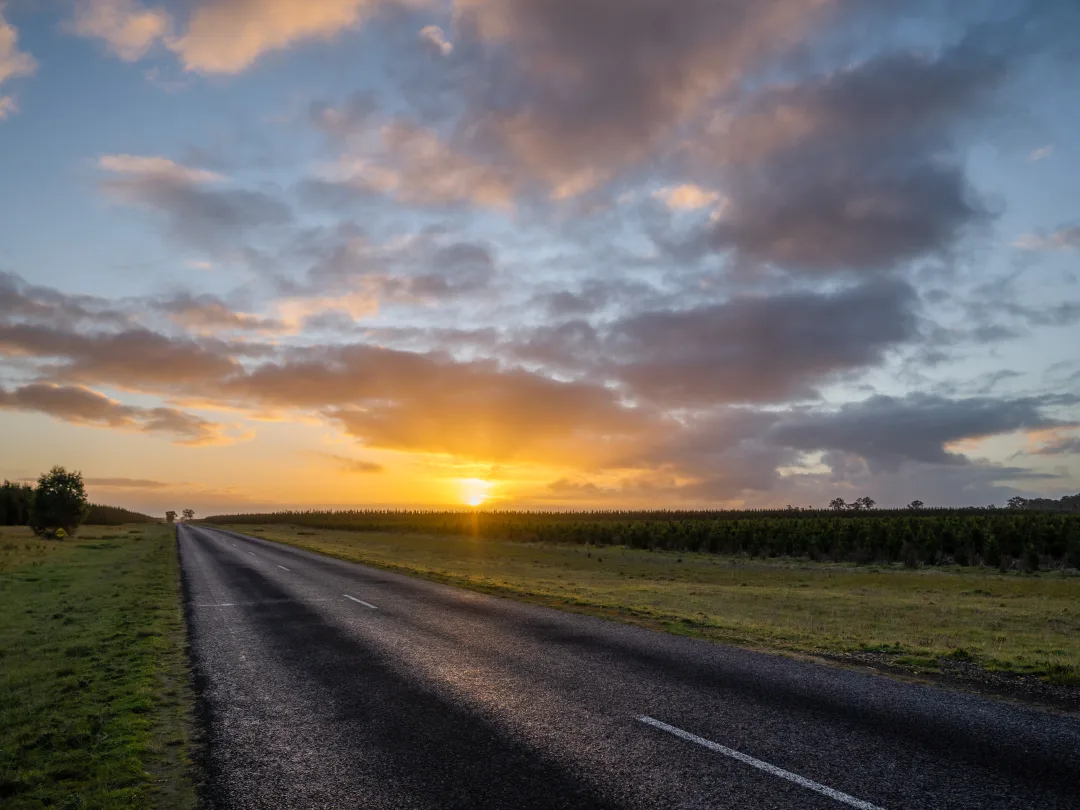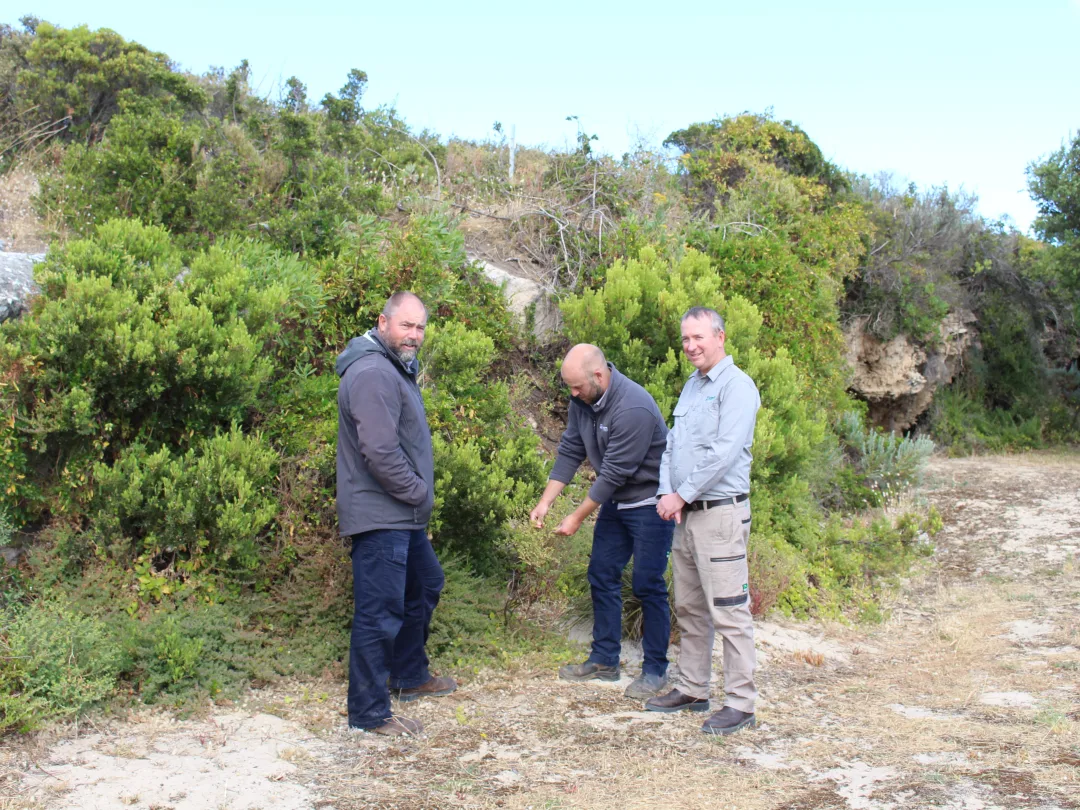The benefits of eradicating feral deer from your property
Improve your agricultural productivity and profitability
Prevention of disease spread
Reduce illegal hunting activity your property
Protection of the natural environment
Eradicating feral deer from your property with an integrated approach
If you have seen feral deer on your property you must do everything possible to destroy them. As with any pest species, feral deer do not respect property boundaries. Efforts to get rid of feral deer on your land can be undermined if feral deer from nearby properties keep coming over. For this reason eradicating feral deer is best achieved as a joint exercise, involving all your neighbours.
There is no single approach to feral deer eradication. All control methods should be designed after proper consideration of your local circumstances.
Our Feral Deer Project Officer and local Landscape Officers can help you with advice to suit your situation. This includes support to take part in the Limestone Coast Landscape Board's Feral Deer Eradication Program.
The Feral Deer Eradication Program is a coordinated effort to achieve eradication of feral deer from the region. It helps to protect primary production, the environment and improve community safety. It is free to join and supports you to destroy feral deer on your property.
The Program integrates aerial and ground shooting operations, monitoring and deer farm compliance. It aligns with National and State Feral Deer Strategies.
Visit the Feral Deer Eradication Program
Aerial shooting of feral deer
Ground shooting of feral deer
Exclusion fencing
Local Officers, local knowledge
We have a responsibility to ensure landholders are working to achieve feral deer eradication from the region. This is guided by the Limestone Coast Pest Plant and Animal Strategy.
Our Feral Deer Project Officer and local Landscape Officers can support you to achieve eradication of feral deer on your property by providing:
- support with feral deer eradication through free programs
- local advice on control methods and timing of control
- help to coordinate deer eradication efforts with your neighbours.
To find out more information about achieving eradication of feral deer on your property talk to us by calling 08 8429 7550 or find your local Feral Deer Project Officer.
Find your local Feral Deer Project Officer
Read the Pest Plant and Animal Strategy [PDF, 1 MB]
Understanding your responsibilities
Under the Landscape South Australia Act 2019 (the Act), deer are declared for control and the Act includes separate declarations for domestic (farmed) and feral deer.
Feral Deer are deer that are not kept in captivity. In South Australia, feral deer cannot be moved, sold, kept or released. As a landholder, you are responsible for the eradication of all feral deer on your property.
Domestic deer are livestock, which must be registered with the Department of Primary Industries and Regions (PIRSA) under a Property Identification Code. Further information on your responsibilities when it comes to farmed deer can be found by visiting the farmed deer page.
Species of feral deer
Several species of feral deer can be found in the Limestone Coast. The majority are fallow with a small percentage of red deer, samba, chital, rusa, and possible sightings of hog deer.
Recording feral deer activity in DeerScan
Early detection is an important tool in managing feral deer eradication efforts. DeerScan is a free resource for the general public, farmers, local councils, community groups, pest controllers and biosecurity organisations. You can use DeerScan to record feral deer sightings, report feral deer impacts, and document control action.
Keeping records of the number of feral deer that are sighted and controlled on your property will provide very useful information on population sizes, distribution trends, feral deer density and effects of and planning for eradication programs.
Information you enter can alert local biosecurity authorities and your community about feral deer activity and can help to protect native wildlife from feral deer activity.
